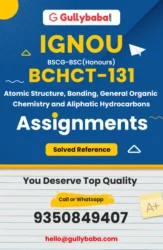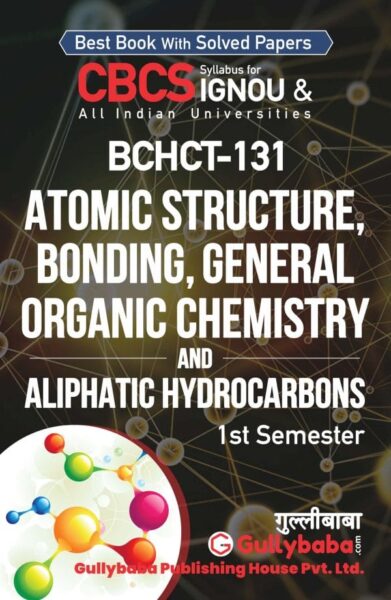-
Sale!
BCHCT-131
Atomic Structure, Bonding, General Organic Chemistry and Aliphatic Hydrocarbons
₹40.00 – ₹100.00Bought by : 3415 StudentsIn Stock Only 0 left ! -
Sale!
BCHCT-131 + BCHCT-133
IGNOU BSCG Chemistry Combo
Bought by : 3110 StudentsIn Stock Only 0 left ! -
Sale!
BCHCL-132 + BCHCT-131 + BEVAE-181
IGNOU BSCG Chemistry Combo
Bought by : 2930 StudentsIn Stock Only 0 left ! -
Sale!
BCHCT-131
Atomic Structure, Bonding, General Organic Chemistry and Aliphatic Hydrocarbons
Bought by : 3559 StudentsIn Stock Only 0 left !






